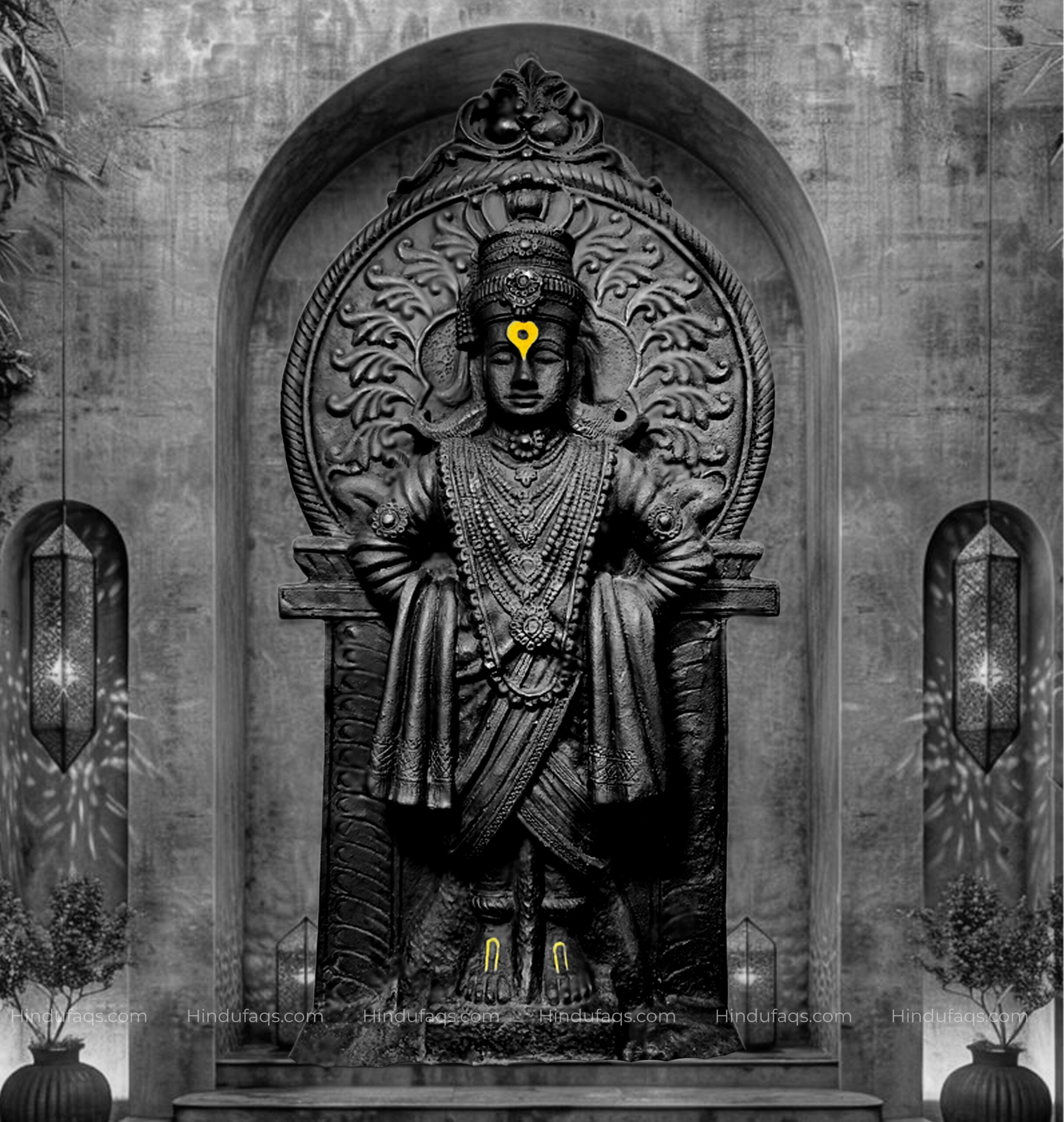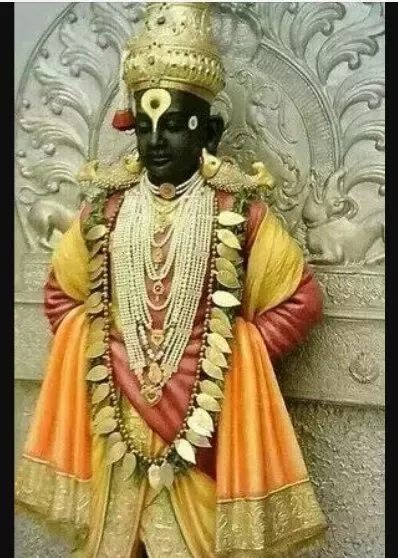Okay, so I’ve been meaning to talk about this for a while, and today’s the day. I’ve been messing around with this thing called Vitthal. Now, I heard it’s like an avatar of Vishnu, specifically the Krishna version. Apparently, this dude, Vitthal, rolled into Pandharpur because of some serious dedication from a guy named Pundalika. Or maybe he was looking for his wife, Rukmini. Whatever the reason, he’s here.

So I started by just reading up on Vitthal. It’s mostly used by some group called Pushtimarg, but folks also call him Panduranga, which apparently means “the white god” in Sanskrit. Seems like a big deal, especially for the Pundalik fans.
Then I got into the stories. There’s this one about a devotee named Pundalik. I dug deeper into this, and I found that this Pundalik guy was super devoted to his family, like, really devoted. It got Vitthal’s attention, and that’s why he came to Pandharpur. At least, that’s one version of the story.
I decided to see what else people say about Vitthal. I found out that he’s a pretty big deal in Maharashtra, especially in this place called Pandharpur. People go there for pilgrimages and stuff. It’s like a whole cultural thing, and I started to see why this figure is so important to so many people.
After that, I tried to find some images or statues of Vitthal. Most of them show him standing on a brick, with his hands on his hips. I even came across some songs and poems about him. It’s wild how much art and devotion this one figure has inspired.
- Read about Vitthal’s background and significance.
- Explored the stories, especially the one about Pundalik.
- Looked into the cultural impact of Vitthal in places like Pandharpur.
- Searched for visual representations and artistic expressions related to Vitthal.
It’s been a wild ride, learning about Vitthal. From what I gathered, he’s not just some deity; he’s a symbol of devotion, love, and a whole lot of cultural history. I’m still figuring it all out, but it’s been an interesting journey, to say the least.

My Final Thought
Honestly, this whole Vitthal thing is way bigger than I initially thought. It’s not just about religion; it’s about history, culture, and how a single figure can mean so much to so many people. I’m glad I took the time to learn about it, and I’ll probably keep digging. There’s always more to discover, right?